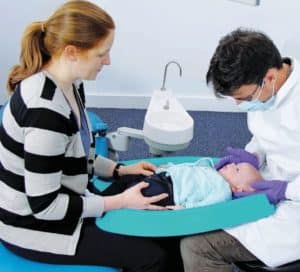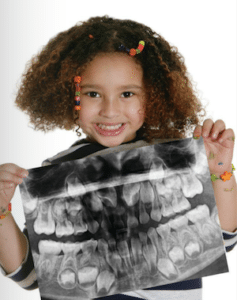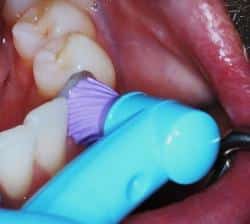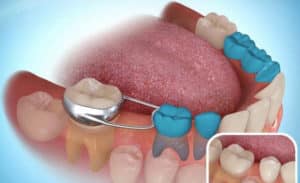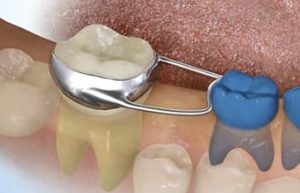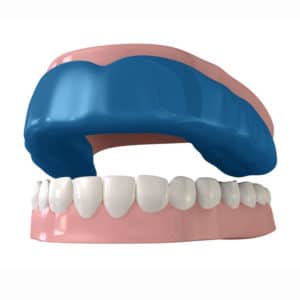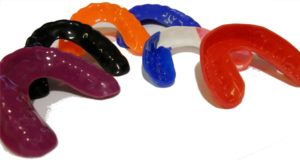Inside every tooth, in every person, is a material known as pulp. While the enamel and dentin on the outer layers of the teeth are tough and lifeless, the pulp inside is soft, living and very sensitive. When the outer layers of the tooth are damaged, it is possible for the pulp inside to become infected. In some cases, the best option for saving the tooth is a procedure known as a pulpectomy or pulpotomy.
What Happens During Treatment?
The simplest explanation of the procedure is that it removes infected or diseased pulp from the tooth. The goal of the treatment is save the tooth so that it doesn’t have to be pulled. A pulpectomy is similar to a root canal, and is actually typically a part of the root canal process. After a dentist or endodontist removes the damaged pulp from the tooth, the area inside the tooth is disinfected and then filled with an inert material.
Who Is the Treatment for?
Often, a pulpectomy is performed on children who still have their baby or deciduous teeth. The roots of baby teeth are somewhat different from the roots of permanent teeth. Usually, baby teeth have shorter roots that are meant to be eventually reabsorbed by the body. The reabsorption of the roots allows the teeth to fall out and be replaced by the permanent ones. Since the roots of baby teeth should be reabsorbed, a pulpectomy procedure typically uses a material that can be absorbed to fill in the empty canal area, according to the American Academy of Pediatric Dentistry.
Why Not Just Remove the Teeth?
A common assumption about the baby teeth is that since they are going to fall out eventually, there’s no reason to save them. It can be difficult for people to understand why a procedure should be performed on a tooth that’s just going to fall out.
The primary teeth play a role that goes beyond simply waiting for the permanent teeth to erupt. Along with helping your child eat and speak, the primary teeth also preserve space in the mouth for the permanent teeth. If one or more primary teeth are removed before the permanent teeth are ready to grow in, a child may develop problems with the alignment of his or her teeth.
That’s not to say that removing and restoring the pulp is always the right treatment. In some cases, extracting the tooth is the appropriate option. It all depends on whether the permanent tooth is ready to come in and replace the damaged baby tooth, how damaged the baby tooth is and how deep the infection is.
Can You Avoid a Pulpectomy?
If the idea of having your child undergo an intense dental procedure doesn’t sit well with you, there are ways to reduce the risk for damage or infection in the pulp. Encouraging good dental care habits in your kids, starting at a very young age, will help protect their teeth and reduce the risk for decay or infection. The American Dental Association notes that starting good oral care habits early will help keep kids’ teeth and mouths healthy for many years to come.
Helping your child brush his or her teeth twice a day with a fluoride toothpaste will reduce the chance of the primary teeth developing cavities and decay, and lower the risk for infection in the pulp. If you’re having trouble getting your kids excited about brushing, encourage them to choose their own toothbrushes, such as ones with SpongeBob SquarePants or another fun character on them. This product is specifically designed for kids, with developing teeth.
Regular dental visits are also a must. The more frequently your child sees a dentist, the sooner the dentist is able to spot early signs of decay and prescribe treatment before it evolves into a serious condition.



